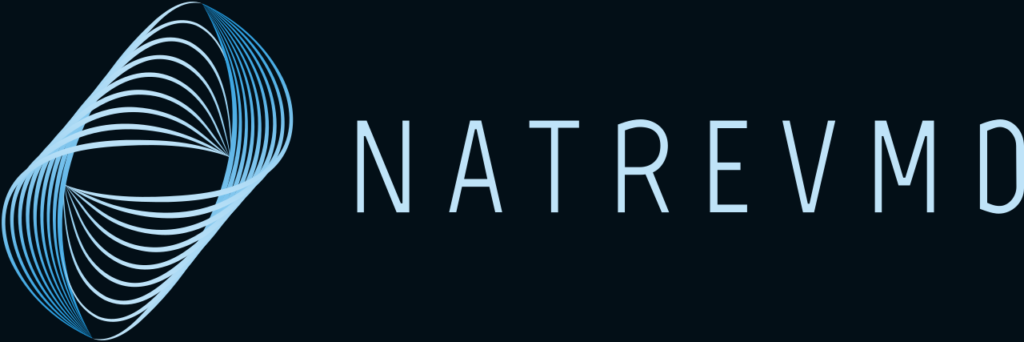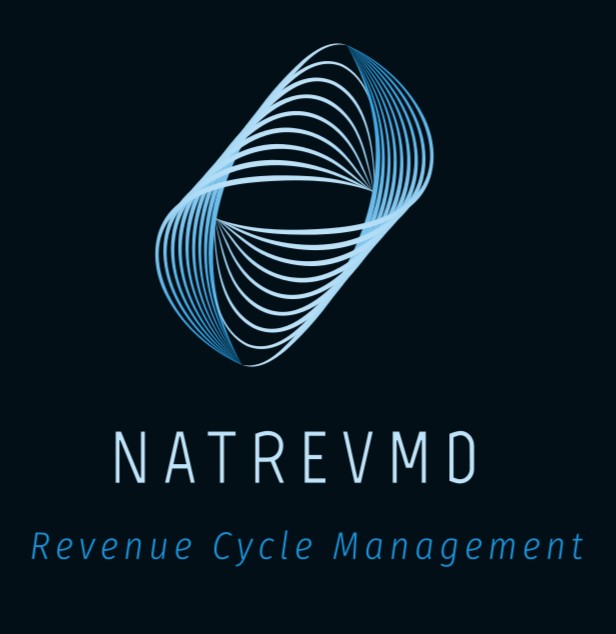Managing your healthcare claims requires knowledge of CPT modifiers. They are critical to have a high clean claim rate and reduce denials. It is critical to make sure that the modifier is billed on the correct day, on the correct CPT code, and with sufficient documentation in the clinical note.
At National Revenue Consulting, we offer full-service billing and coding services as well as operational consulting for your private practice. We don’t consider ourselves as an outsourced vendor, but instead an extension of your practice. We are committed to a reliable and data-driven process to increase your revenue by up to 30%.
What are CPT Modifiers?
Simply put, it is either a two-letter or two-number code that will modify a service/procedure used under specific circumstances for appropriate reimbursement. These codes add information to help describe the clinical or procedural condition that may result in additional reimbursement without changing the actual CPT code.
There is a long list of modifiers. Today I will be going over the top modifiers used. If you have specific questions regarding modifiers, don’t hesitate to reach out.
There are different types of modifiers specified per their use as shown below.
- Anesthesia (00100 — 01999): AA
- Surgery (10000 — 69999): 22, 50, 51, 62, 80, 81, 59, 78, 79
- Radiology (70010 — 79999): 22, 52, 26, 76, 77
- LAB Codes (80000 — 89999): QW
- Medicine (90701 — 99199): 26
- E/M Codes (99201 — 99499): 25
There are two types of modifiers:
Level 1 Modifier
- Level 1 modifiers are CPT modifiers containing 2 numeric digits. These modifiers are administered by the American Medical Association.
Level 2 Modifier.
- HCPCS modifiers are called level 2 modifiers. It contains alpha or alphanumeric digits.
Top Modifiers in Use by Private Practices
Modifier 59
Modifier 59 is the most common modifier used that impacts the Medicare National Correct Coding Initiative (NCCI) processing.
The Medicare NCCI edits define when two HCPCS / CPT codes should not be reported together. Modifier 59 is used to identify procedures/services, other than E/M services, that are not normally reported together but are appropriate under the circumstances. This modifier is used to indicate that the service is distinct from other services performed on the same day.
When you review the NCCI edits you will see correct coding modifier indicators (CCMI) of either a 0, 1, or 9.
- CCMI “0” – indicates the codes should never be reported together by the same provider for the same beneficiary on the same date of service. If they are reported on the same date of service, the column one code is eligible for payment, and the column two code is denied.
- CCMI “1” – indicates the codes may be reported together only in defined circumstances, which are identified on the claim using specific NCCI-associated modifiers.
- CCMI “9” – this indicates that NCCI editing does not apply.
Appropriate circumstances for using modifier 59-
- A different session or patient encounter.
- Different procedures or surgery
- A different site or organ system
- Separate incision/excision
- Separate lesion
- Separate injury
Modifier 76 & 77
A service or procedure that was performed more than once on the same day by the same physician or by a different physician.
- Modifier 76 – Repeat procedure or service by the same physician or another qualified healthcare professional when the CPT does not allow a quantity to be billed.
Example: A patient had two EKG services (93010) in the morning in the radiology department. Since both EKG services showed signs of clinical issues, they were both billed to Medicare.
It can be inappropriate to use this for surgical procedure codes, staged procedures (use modifier 58), and unplanned returns to the operating room (use modifier 78) as some limited reasons not to use this code.
- Modifier 77 – Used when you need to indicate that a basic procedure or service had to be repeated by another physician or other qualified health care professional.
Example: Add modifier 77 to the professional component of an x-ray or electrocardiogram (EKG) procedure when the patient has two or more tests and/or more than one physician provides the interpretation and report when there are unusual circumstances. This can be used if there is a questionable finding that necessitates another interpretation or there is a change in diagnosis.
Modifier 24
Unrelated E/M services by the same physician during the postoperative period. Medicare defines the same physician as physicians in the same group practice who are of the same specialty. In this instance, they must bill and be paid as though they were a single physician.
This code can be used on E/M services (99202-99499) and General ophthalmological services (92002-92014), which are eye examination codes.
Use this code when an unrelated E/M service is performed beginning the day after the procedure, by the same physician, during the 10 or 90-day postoperative period. Documentation must indicate that the service was exclusively for the treatment of the underlying condition and not for post-operative care but within the post-operative period.
Modifier 25
This modifier indicates that there is a distinctive procedure that was required due to the patient’s condition that required a significant, separately identifiable E/M service by the same physician on the same day of the procedure. This must be above and beyond the usual pre and post-operative care associated with the service performed.
Modifier 25 should not be reported on procedure code 99211 Do not append the following E/M codes that are clearly for new patients.
Hospice Patients
When patients are enrolled in a Medicare-certified Hospice program there are two modifiers that are to be used to help classify payments. This includes modifiers GV and GW.
There are slight differences between the GV and GW modifiers for hospice care. The use of the two has to do if the service being related or unrelated to the diagnosis for which the patient was enrolled in hospice. It is important that the physician has nothing to do specifically with the hospice service (which is what you indicated).
Modifier GV
If you are providing a service RELATED to the hospice diagnosis then use the GV modifier.
Modifier GW
If you are providing a service unrelated to the hospice diagnosis you use GW.
Summary
We understand how it feels to deal with the process of insurance companies, denials, and reimbursement. Please know if your team is frustrated with the lack of reliable claims data from your current billing team, you may be missing out on critical information to manage your practice. It may be time to relook at your process.
We hope you find this informative. For details on specific surgical modifiers stay tuned as a topic for a later date.
Reach out today for a free consultation by one of our knowledgeable team members.





